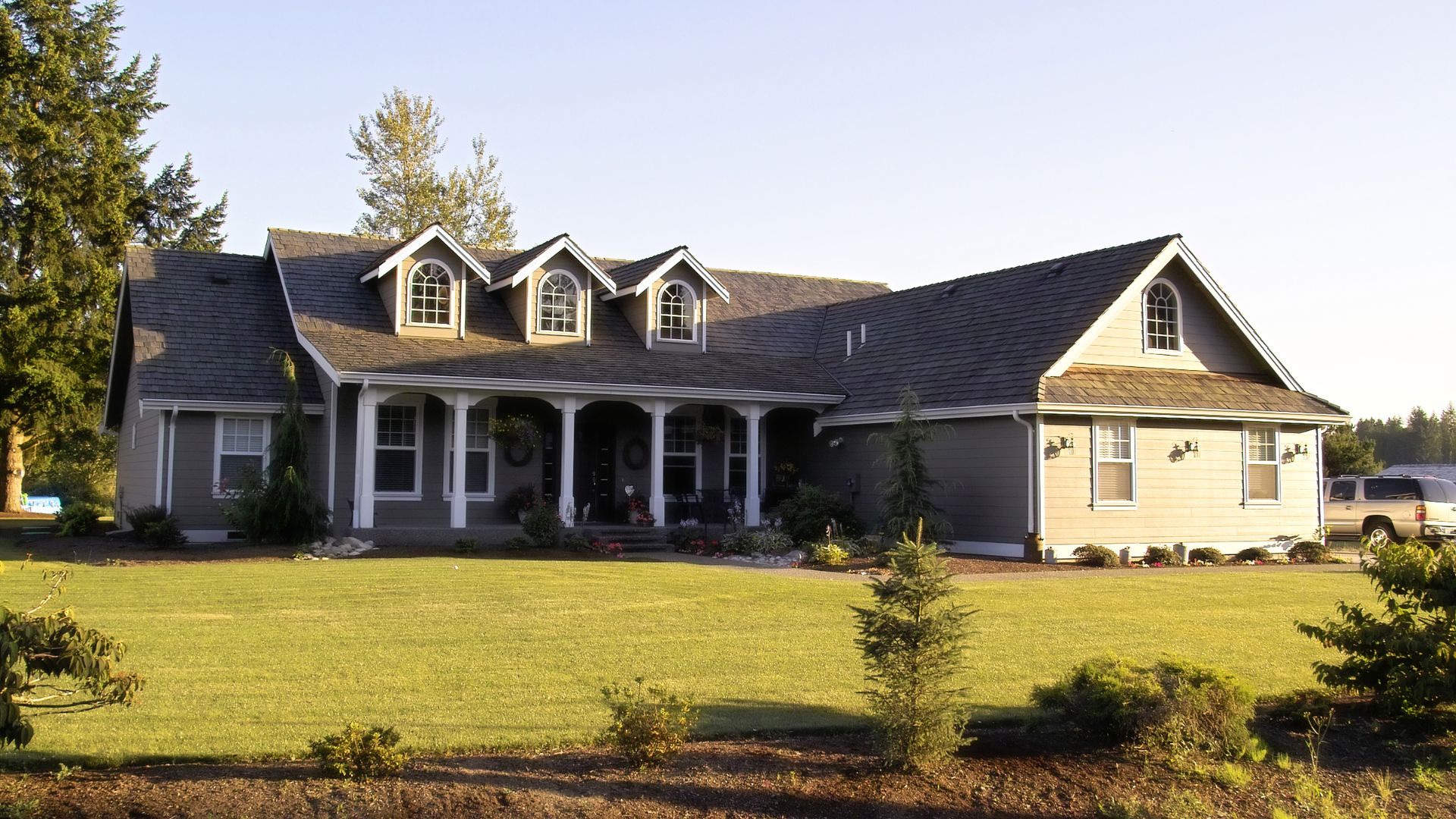Typically, when tapping into your home’s equity, one uses a home equity line of credit (HELOC) or refinances their mortgage. What if we told you this was not the only way to free up home equity for other purposes? While a traditional mortgage is a loan secured by a home or property, the borrower must pay back the loan each month with interest throughout the loan lifetime. A reverse mortgage is the opposite. So, what is a reverse mortgage anyway?
A reverse mortgage is usually exclusive to Canadians over the age of 55. In a reverse mortgage situation, the homeowner can borrow as much as 55 per cent of the home’s current value. In other words, they are borrowing against the equity in the home. The borrower receives the money and does not have to make any payments on this loan until they either sell their home or pass away (at which time the loan is repaid by the estate).
To be eligible for a reverse mortgage in Canada, in most cases the applicant must be over the age of 55, own a home, and every person listed on the home’s title must also be above the age of 55. To be approved, the financial institution will fact check your application, run a thorough analysis of your home’s condition to appraise the value, and verify that you live in the house for at least six months every year.
Benefits of a Reverse Mortgage
There are several benefits to a reverse mortgage. For starters, once approved, you will receive a lump sum of cash, similar to a line of credit, without monthly payments. In addition to this, the money received is not taxable, and it will not affect the Old-Age Security (OAS) or Guaranteed Income Supplement (GIS) benefits the borrower is receiving.
Furthermore, you still own your home upon taking out a reverse mortgage, and you get to choose how and when you will receive your money. This can be an excellent choice for those who do not necessarily manage their money well, as they can receive either incremental amounts of cash or a lump sum.
Finally, reverse mortgages can be a good plan for retired people living on a limited income. The mortgage can help the borrower augment their cash flow to continue living in their home without the financial stress due to a shortage of monthly income.
The Drawback of a Reverse Mortgage
While a reverse mortgage has many benefits, it is also essential to consider the down-side before committing to a financial loan. When taking on a reverse mortgage, remember that the interest rate you will pay at the end of the term is higher than most other types of mortgages. This is because there are no repayments during the loan’s lifetime. In addition, as the interest on the loan accumulates, the equity in your home may decrease.
While the owner of the reverse mortgage is not technically financially responsible for repaying the loan, the estate executor will need to repay the loan and the interest within a set amount of time after the loan holder passes away. This situation can place a significant burden on loved ones during a time of grieving. Should the estate not have enough money to pay back the loan and interest, it places financial stress upon the family.
Key Factors to Think About When Considering a Reverse Mortgage
Before taking out a reverse mortgage, there are a few steps to take and some key factors to consider. First, it is essential to do adequate research on reverse mortgages and the different financial institutions that offer them.
Keep in mind that there will be costs associated with taking out this type of mortgage. For example, appraisal fees, independent legal advice, and closing and administrative costs.
As you weigh your options, remember that you can access these funds at any time you’d like, and in any increment, which means that the sum can be used right away or set aside for a potential future need. This flexibility is what makes reverse mortgages unique.
Finally, always speak to a financial advisor to get the ins and outs of the loan type you choose; a reverse mortgage could make all the difference to your financial situation as you settle into retirement.
Sources:






